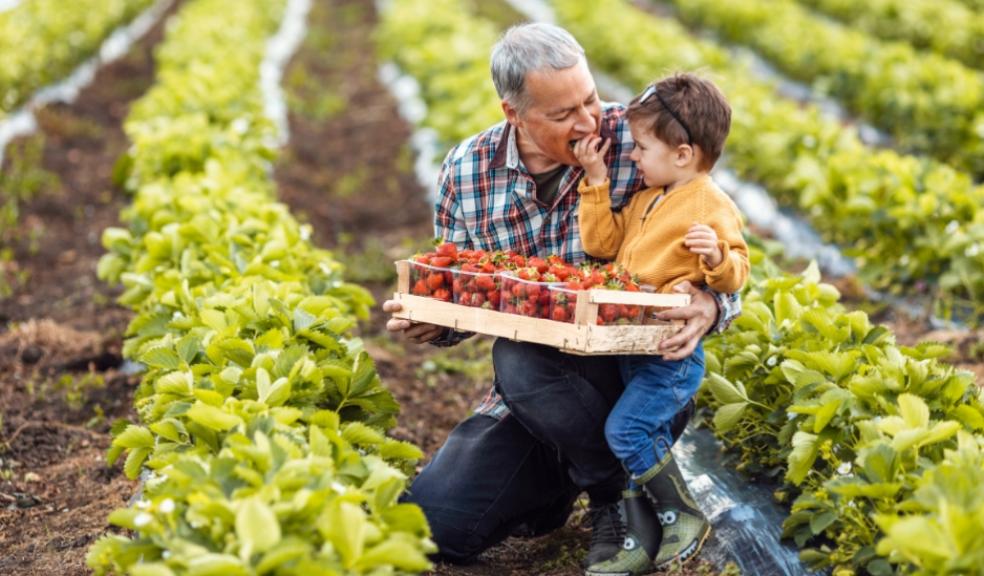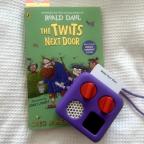
Farm to Table: Fun Ways to Teach Kids About Where Their Food Comes From
Teaching children where their food comes from is more than just a lesson in nutrition—it's an opportunity to connect them with the earth and show them a sense of responsibility toward the environment. From gardening to cooking, there are countless ways parents can make the farm-to-table journey an interactive and educational experience. The best part? These activities can be fun and exciting for kids, encouraging them to take an active role in their learning.
We highlight creative ways to teach kids about food production, sustainability, and the importance of knowing where their meals come from, and we have put together some handy ways The Parenting Daily readers can teach their children about food sources.
6 Ways To Teach Kids About Food Sources
1. Visit Local Farms and Farmers' Markets
One of the best ways to introduce children to the farm-to-table concept is by taking them to a local farm or farmers' market. Many farms offer tours where kids can meet farm animals, see crops being grown, and even get hands-on by picking produce or helping with farm chores. There's even evidence that outdoor activities boosts mental health for children, so it's a win-win.
Fun Idea: Turn the visit into a scavenger hunt! Challenge your kids to find different types of fruits, vegetables, or farm animals. This makes the trip both fun and educational while giving them a deeper appreciation for where their food comes from.
2. Grow Your Own Garden
Starting a small garden is one of the easiest ways to teach kids about the process of growing food. Whether you have a big backyard or just a small balcony, gardening can be adapted to any space. Kids will love planting seeds, watering the plants, and watching as they grow.
Fun Idea: If space is limited, try a windowsill herb garden. Growing herbs like basil, mint, or parsley is a great first step, and your kids will enjoy adding their homegrown herbs to meals.
3. Incorporate Farm-Themed Crafts and Learning Activities
There are many ways to make farm and food-related learning interactive through arts and crafts. Simple activities like drawing farm animals, creating a “farm-to-table” poster, or crafting with natural materials can help kids understand where their food comes from in a fun and hands-on way. (Did we mention that crafting can help improve children's cognitive development?)
Fun Idea: Create a “Farm-to-Table” board game! Let kids design the board with pictures of farms, crops, and animals. As they move through the game, they can learn how food gets from the farm to the table and why it’s important to support local produce.
4. Cook Together Using Fresh, Local Ingredients
Once you’ve taught your kids about where food comes from, take the next step: cooking together using fresh, local ingredients. Whether you picked up fresh produce from a farm or planted it yourself, cooking together helps children appreciate the connection between what they grow and what they eat.
Fun Idea: Host a “farm-to-table” cooking night where kids help prepare a meal using local produce. They can wash, chop, and assemble the ingredients, learning about the nutritional value of each food as they work. For extra fun, make a themed dish, like a veggie pizza or a salad with fresh herbs from your garden.
5. Discuss Sustainability and the Environment
Teaching kids about where food comes from also means teaching them about sustainability. Help them understand why supporting local farmers and reducing food waste are important. This not only helps them appreciate their food more but also fosters a deeper respect for the environment. The UK has been ahead on this, has they have been leading the way in educating green topics for children!
Fun Idea: Set a family goal to minimise food waste. Create a “food waste tracker” where kids can keep track of leftovers and how they’re reused. Encourage creative ways to repurpose food scraps, like making vegetable broth from leftover veggie peels or turning stale bread into croutons.
6. Read Books and Watch Documentaries
There are plenty of engaging books and documentaries for kids that explore farming, food production, and sustainability. These resources can complement hands-on activities and help kids learn in a more structured way.
Fun Idea: Watch a documentary together, such as The Biggest Little Farm or a kid-friendly series like The Magic School Bus Goes to the Farm. Afterward, ask your kids what surprised them the most about the food journey and discuss how they can apply those lessons at home.
Why Teaching Food Source Matters
Teaching kids about where their food comes from is more than just an educational activity—it’s a way to teach lasting values of sustainability, environmental responsibility, and appreciation for fresh, local food. By making learning interactive, fun, and connected to real-world experiences, you’re helping your child develop healthy eating habits while fostering a deep connection to the environment.
So whether it’s visiting a farm, growing your own food, or cooking together as a family, there are endless ways to turn the farm-to-table journey into a fun and meaningful adventure for your child. With a little creativity and a lot of hands-on involvement, you can inspire the next generation to care about the world around them—one meal at a time.
This article was made with the help of Creature & Co.














